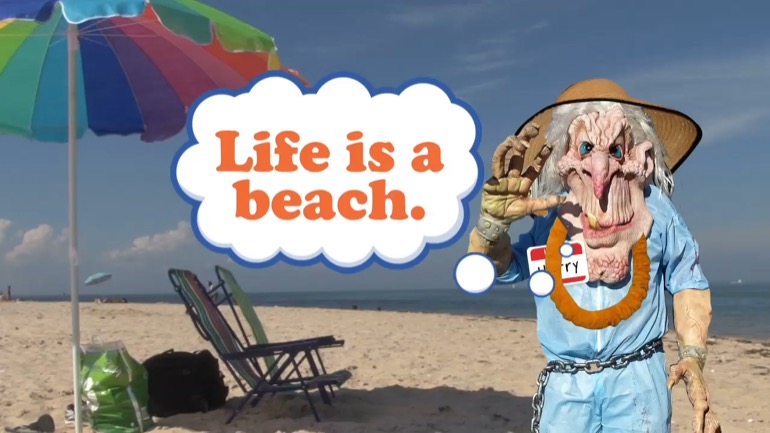If you have an option, there are three categories it can belong to at any given time: in-the-money, out-of-the-money, or at-the-money.
Let's take a quick step back. Options provide the right, but not the obligation, to buy or sell some underlying asset (like a stock, commodity, or currency) at a pre-set price at a prearranged time in the future. The pre-set price is known as the "strike price." The relationship between the strike price and the current price of the underlying asset determines whether the option is "in," "at," or "out" of the money.
You have a call option for MSFT with a strike price of $140, with a September expiration (which is two months from now). That option gives you the ability to buy shares of MSFT at a price of $140 in September. So if MSFT is trading at $135 at the September expiration, you are out-of-the-money. You'd rather buy the shares on the open market, so your option is useless. You would let it expire without exercising it.
However, if MSFT is trading at $145, you are in-the-money. You can exercise your option, buy shares at $140...and then instantly sell them for $145 on the open market. You book a profit of $5 a share (minus whatever the option cost you).
The last situation comes when the option strike price and the trading price are the same; MSFT is trading right at $140. Here, your option is at-the-money.
Now let's get to the concept of volatility skew. Volatility skew measures the difference in implied volatility between the three possible phases of your option. It compares implied volatility for out-of-the-money options with that for in-the-money options with that for at-the-money options.
In structure, it's similar to a yield curve, only in this case it deals with implied volatility rather than rates on various bonds. A yield curve shows the difference between the return of similar bonds with different maturities. How much can you get for a 1-year bond vs. a 5-year bond vs. a 30-year bond? That question underlies the concept of a yield curve. Along the same lines, the volatility skew plots out the various implied volatilities that come with the different possible results for your options.
You're planning to buy a call for MSFT. You can choose between a number of strike prices (kind of like picking from a menu). All the options have the same expiration, but they have different strike prices. You've got strike prices that are-at-the-money. You've got ones that are already in-the-money. You've got ones that are already out-of-the-money. Each of these possibilities comes with a different price (the in-the-money options are more expensive than the out-of-the-money ones).
When trying to determine which makes the most sense for your particular strategy, you can look at the volatility skew between them. It helps put the different possible strike prices into context.
Related or Semi-related Video

Finance: What is Volatility?77 Views
In finance allah shmoop what is volatility beta this thing
that's the symbol for volatility on the street we mean
the wall one not the mean one and it is
so commonly used that the in crowd members just say
beta when they're referring to volatility unless they're from tennessee
in which case they say you ve all y'all all
right so here's a siri's of stock prices stamped each
day that has lo ve all or low beta and
here's a siri's that has high beta dead man's pulse
versus rocky mountains Well what makes a stock volatile uncertainty
Think about it this way If everyone knew for sure
what a given stocks earnings would be for the next
ten years quarter by quarter and they also knew what
the overall markets average earnings would be in a few
other things like revenue growth and world conditions and we're
going to be war inflation there wouldn't be a lot
of guesswork The quote right unquote price today would be
thirty two dollars eighty three cents and the quote right
unquote rate of compounding would be eight percent in the
stock would slowly go up but this rate but in
non disney land riel life well nobody really knows much
of anything So stockcharts look like this and nerve endings
of wall street traders look like this Neither of them 00:01:19.771 --> [endTime] looked much like this chart So that's all you
Up Next
How does duration affect bonds (risk and volatility)? The longer the duration, or length of maturity in bonds, the greater the exposure that econom...
What is the U.S. Mint? The U.S. Mint is the only authorized company that can produce coins of US currency. The U.S. mint has coin production facili...
What is the Black Scholes Model? The Black Scholes Model is used to determine the price of call options. It looks at the change in stock price over...


